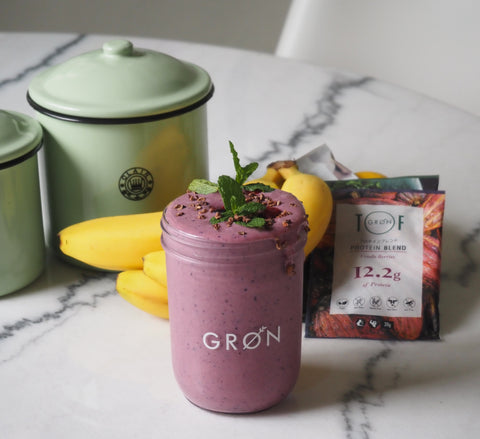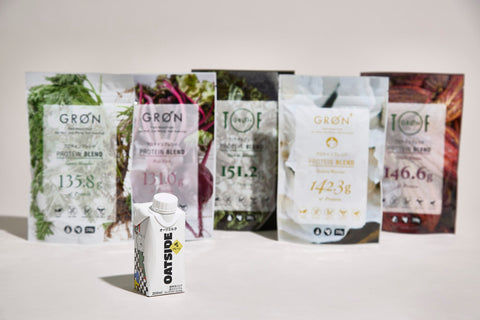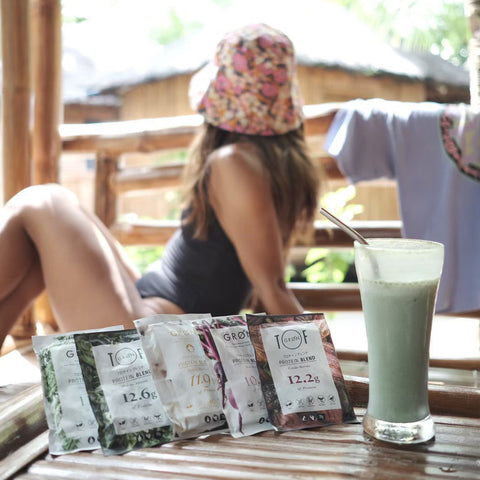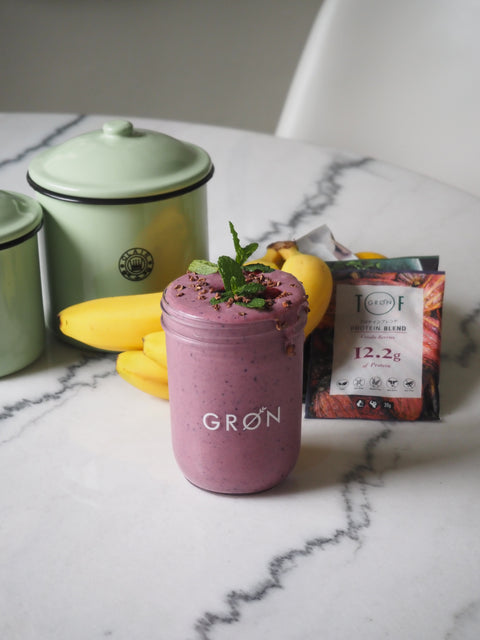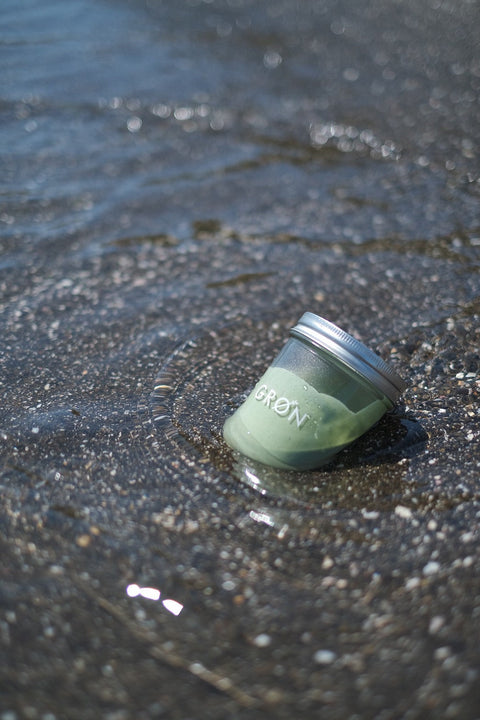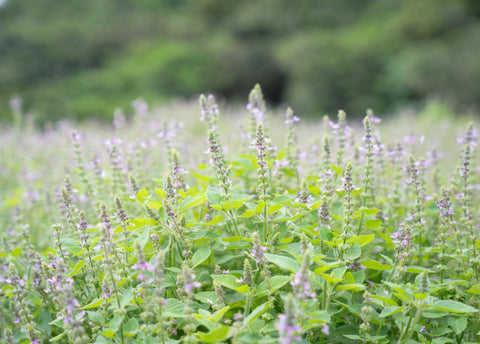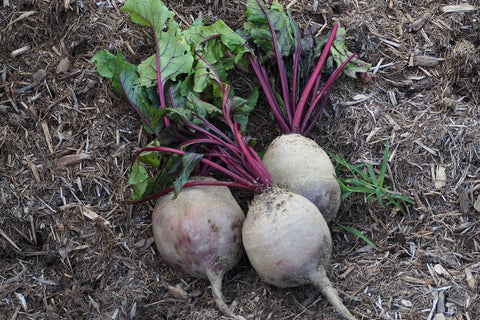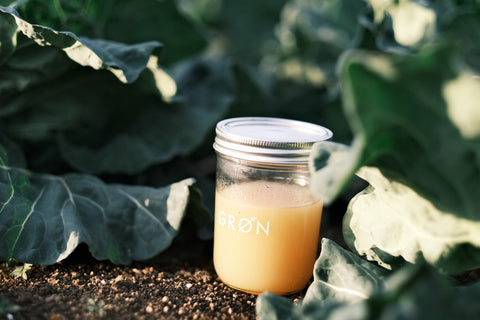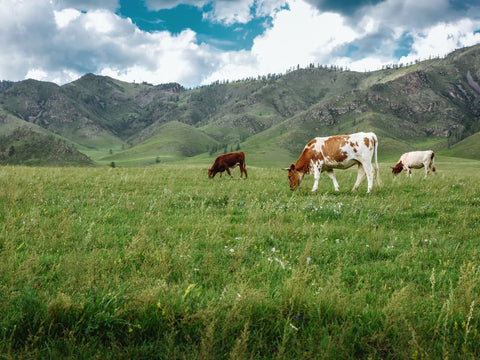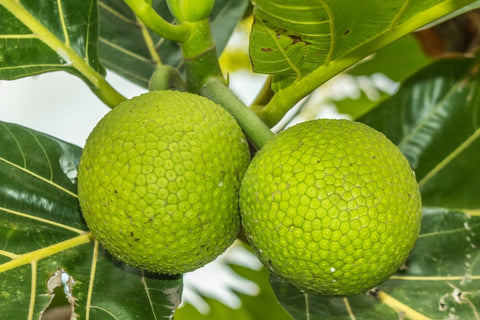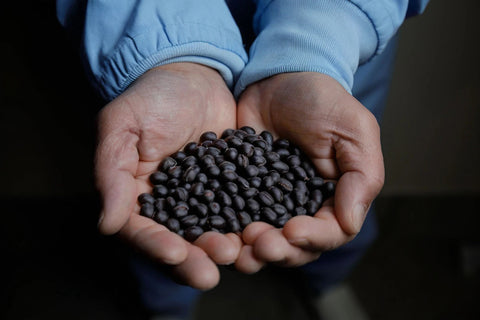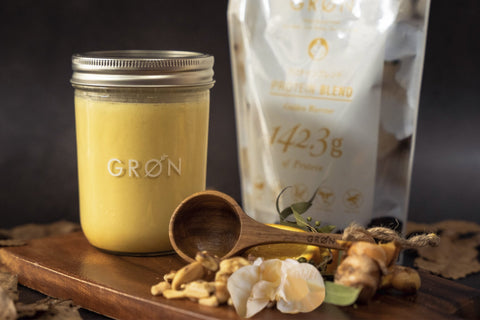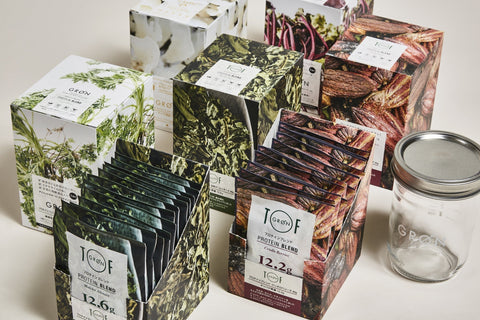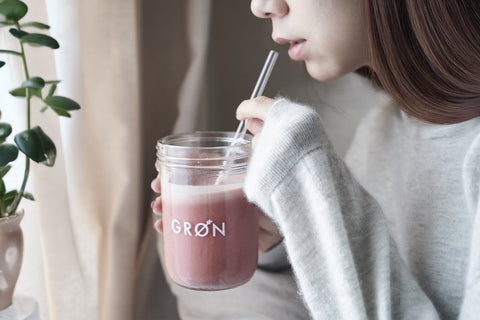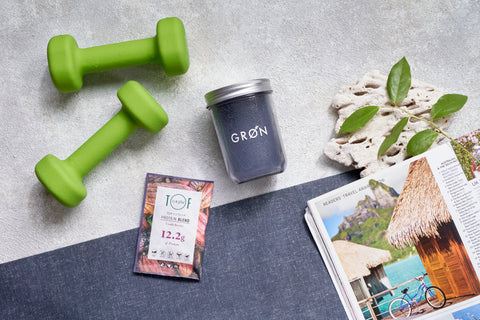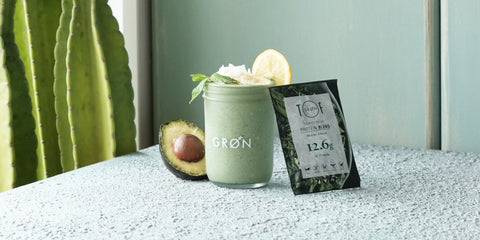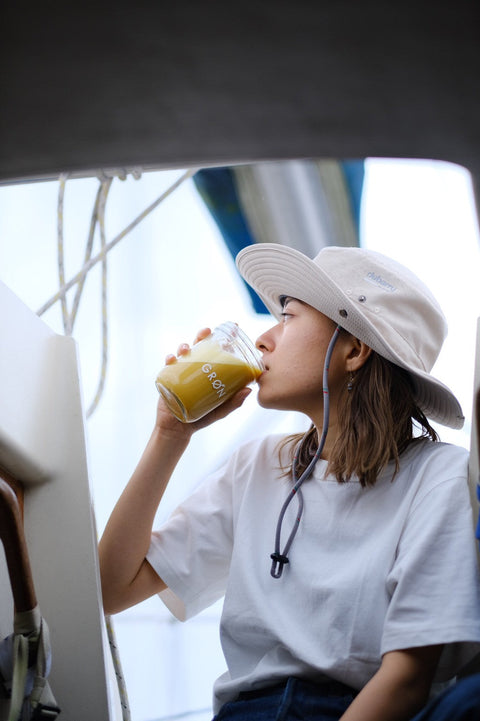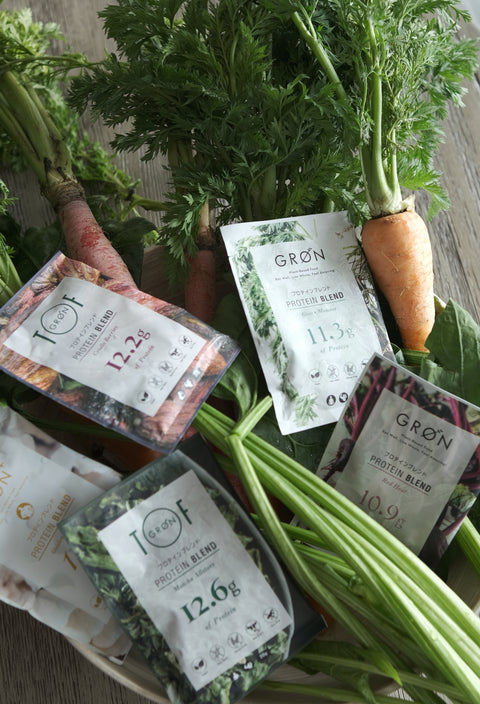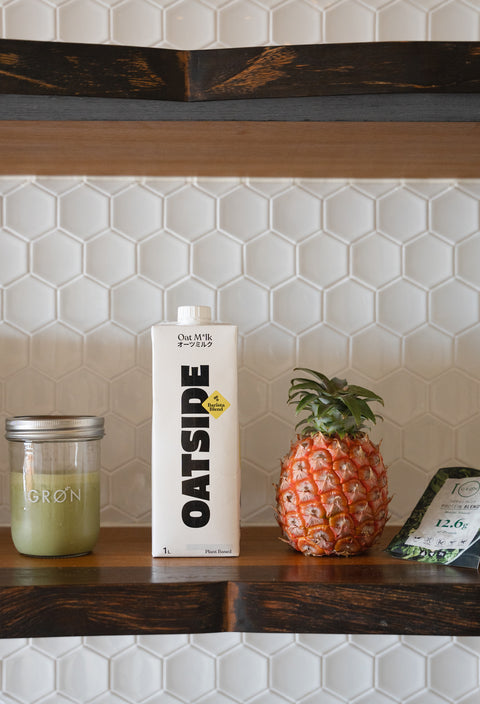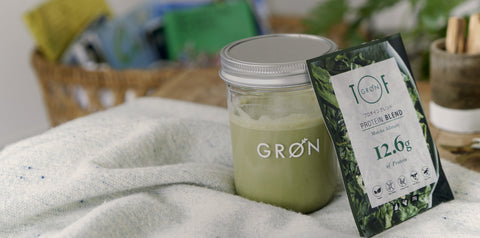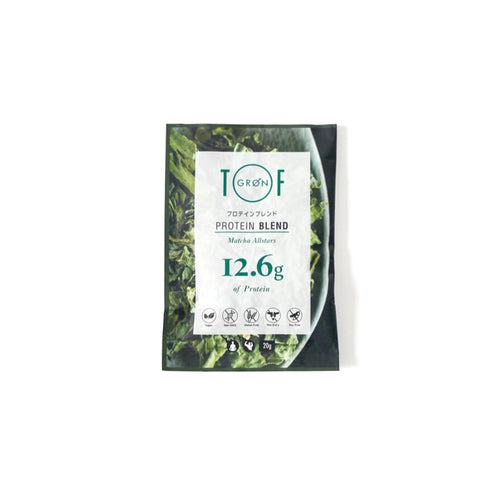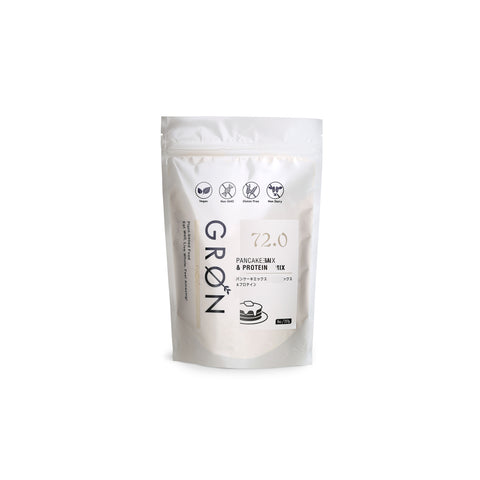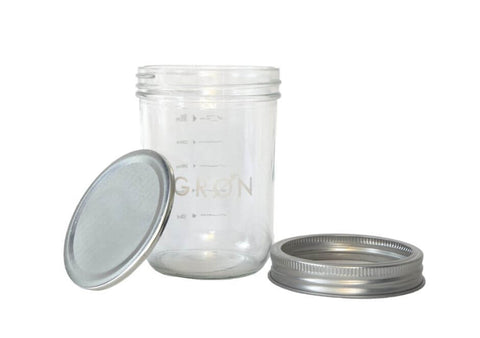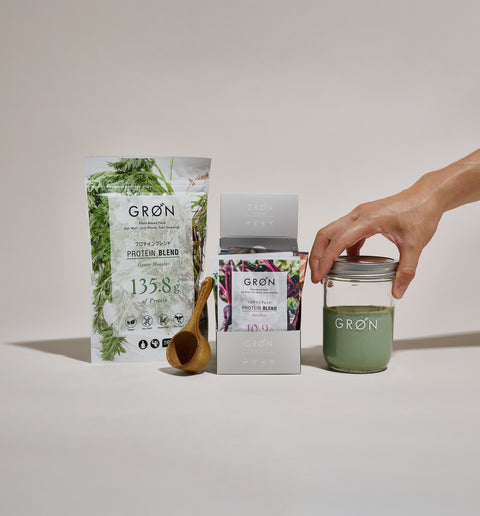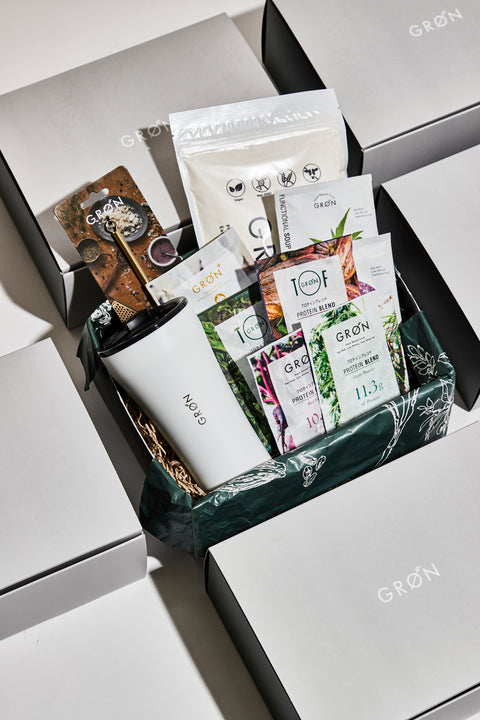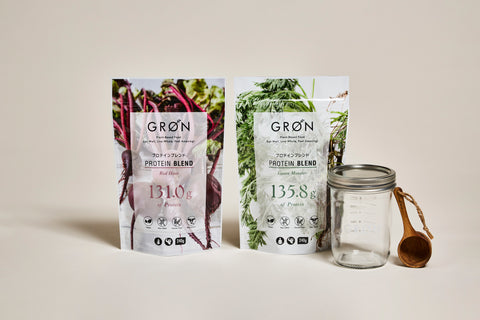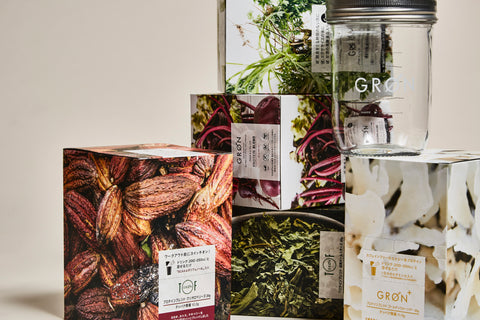How to read food labels - Nutritionist's Column Vol.73
"Food labels" are affixed to food when you purchase it.
Under the Food Labeling Act, it is mandatory for all food products to carry this label.
A new revised food labelling system came into effect on April 1, 2020.
Several mandatory labeling items have been added, such as the mandatory display of nutritional information, to allow consumers to shop with peace of mind.
This time, we'll be talking about food labels.
In this article, we will talk about how to correctly distinguish each item and some tips for safe and smart shopping.

Required items
First of all, food labels contain mandatory information that must be displayed by law, and optional information that is not.
The only two items that must be labeled on agricultural produce and fresh food are the name and place of origin.
*For brown rice and polished rice, the content volume, preparation date, and the name, address, and telephone number of the food-related business must also be displayed.
For other foods, the following items must be listed:
name
Ingredients (including the following: country of origin of ingredients, allergies (7 specific ingredients are required, 28 are optional), additives, and genetically modified foods)
Nutritional ingredients
・Contents (contents weight, content volume, content quantity)
・Expiration date (or best before date)
·Preservation method
・Manufacturer (or processor, importer, or seller)
・Other (items required for each food item, such as country of origin, etc.)
By reading these, you can gain a deeper understanding of the product.
Let's continue breaking it down one by one.
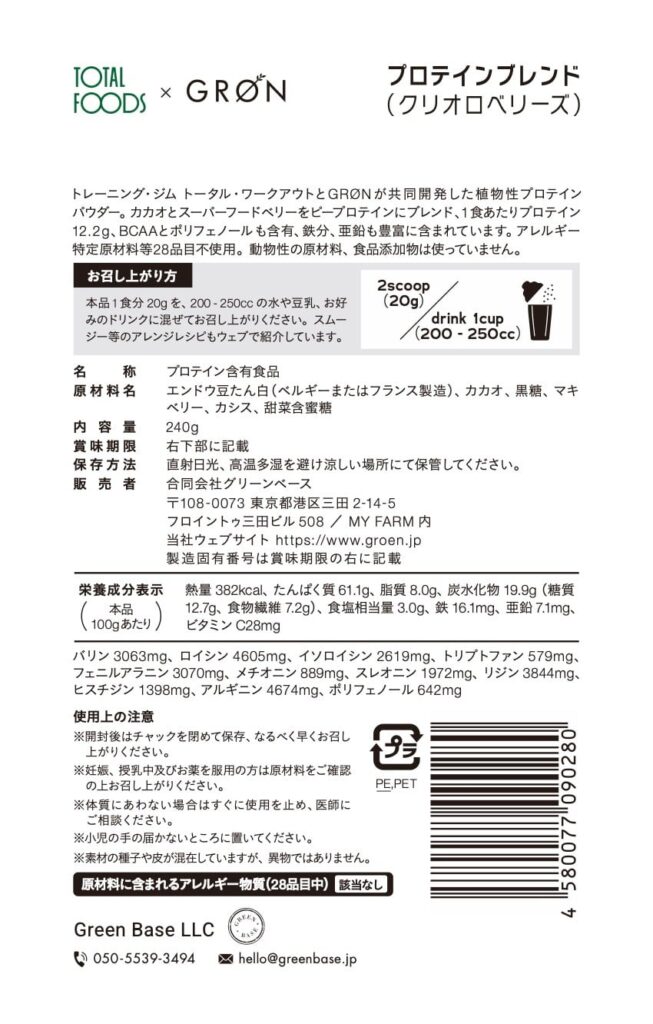
1. Ingredients
By looking at the ingredients column, you can find out what ingredients the food is made from, what the main ingredient is, whether it contains food additives, etc.
First, a list of the ingredients shown and the order in which they are listed .
The ingredients column lists all the ingredients, in order of most by weight.
In other words, the first one listed is the main ingredient and the last one is the least abundant.
Next, let's talk about food additives .
Food additives are substances that are added in small amounts to food to provide a specific function, such as preventing spoilage or food poisoning, adjusting flavors such as taste and aroma, adding nutritional value, or thickening or plumping the food.
We will explain this in more detail later, but it is important to be careful as there are some substances that can be harmful to the body if ingested in large quantities.
As a general rule, the way to tell whether or not a food contains additives is to check whether or not there is anything listed after the slash "/" in the list of ingredients.
If there is no "/" (slash), then no additives are included, and if there are ingredients listed after the "/" (slash), then that ingredient is a food additive.
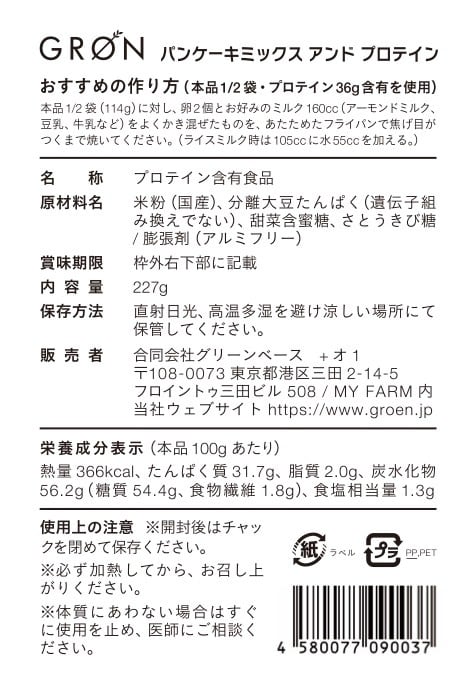
For example, ice cream.
When looking at the back label, be wary of products labeled as vanilla milk or lacto ice cream.
Ice cream is defined as having at least 15% milk solids and 8% milk fat.
Ice milk is defined as milk that contains 10% or more milk solids and 3% or more milk fat, while lacto ice cream is defined as milk that contains 3% or more milk solids.
In some cases, vegetable oils are added to reduce the milk fat content, and large amounts of the additives listed above are used to make the flavor closer to vanilla ice cream, so make it a habit to check the items after the "/" (slash).
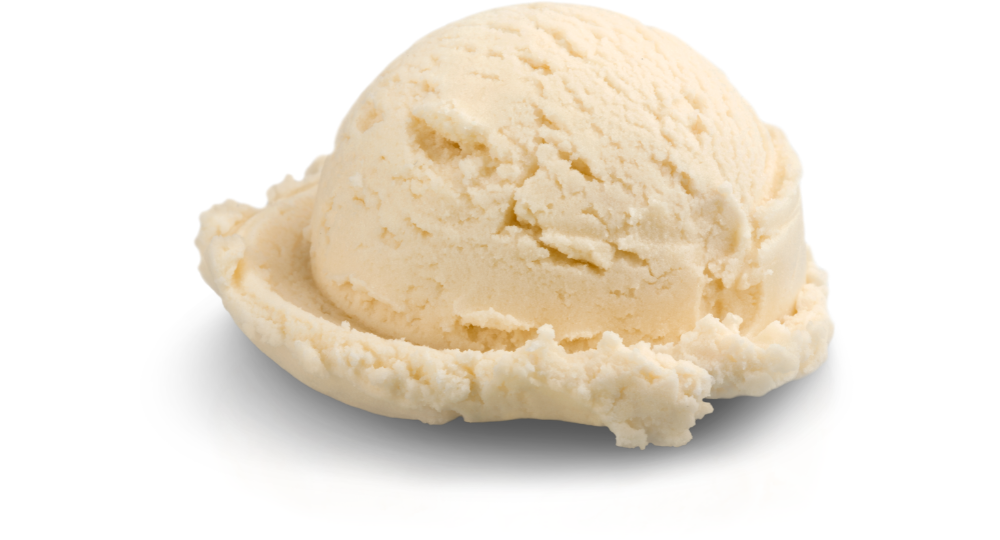
Even if additives are not listed on the ingredient list, there is a possibility that additives may be present through "carry-over."
Carry-over refers to additives used as raw materials that no longer remain in a final product, or if they do remain, they are so small that they are not effective as a preservative, and so there is no obligation to label them.
In other words, if there are processed items on the list of ingredients, there is a possibility that they contain food additives.
Food additives to be aware of
Additives permitted for use in food.
Broadly speaking, there are four types of additives: designated additives (synthetic additives), existing additives (natural additives), general food and beverage additives, and natural flavorings.
First, let me introduce each category.

1. Specified additives (synthetic additives)
This is a food additive that has been approved for use by the Minister of Health, Labour and Welfare in accordance with Article 12 of the Food Sanitation Act.
This includes natural products as well as synthetic chemicals.
Example 1) Synthetic coloring agents <br data-mce-fragment="1">There are many different types, such as Red No. 2, No. 3, No. 102, No. 106, Yellow No. 4, and Blue No. 1, and they are widely used in sweets, juices, and processed products.
*Some substances are only used in Japan, even though it is recommended to avoid them overseas.
Example 2) Sodium nitrite <br data-mce-fragment="1">As a colorant, it produces vivid, bright colors, making things look more vibrant.
It is widely used in ham, sausages, bacon, corned beef, salmon roe, cod roe, fish sausages, etc.
*Due to suspicions of health hazards due to their specifications, the absence of sodium nitrite has become a widely accepted safety standard for these foods.
Example 3) Aspartame <br data-mce-fragment="1">A synthetic amino acid sweetener that is 200 times sweeter than sugar and is produced by synthesizing aspartic acid and phenylalanine.
It is widely used as a "zero calorie" or "non-calorie" sweetener in soft drinks, seasonings, sweets, processed foods, etc.
*If you become accustomed to the strong sweetness of artificial sweeteners, your sense of sweetness may become dull. There have also been reports of a link between artificial sweeteners and obesity and diabetes.
Existing additives (natural additives)
A natural additive that has been approved for use and sale as an exception based on a long track record of use in Japan.
This refers to substances that had been widely used since before the Food Sanitation Law was revised in 1995, when natural products became subject to regulation in addition to chemically synthesized products.
Examples include caramel color, glucosamine, trehalose, and monascus color.
General food and beverage additives <br data-mce-fragment="1">This refers to foods that are generally consumed and used as additives.
Example: Squid ink pigment, seaweed cellulose, etc.
Natural flavors <br data-mce-fragment="1">Natural substances obtained from plants and animals that are used to add flavor to food. Examples: vanilla flavor, crab flavor, etc.
Some of the designated and existing additives, such as some of the synthetic colorings listed above, sodium nitrite, and aspartame, have an upper limit on the daily intake amount, called the ADI value.
It is important to be careful when ingesting these additives, as they can have some effect on the body.
The list of food additives for which ADI values have been set, published by the Ministry of Health, Labour and Welfare, can be found here .
*Quoted from the Ministry of Health, Labor and Welfare, National Institute of Health Sciences

2. Allergy Information
Allergies, including anaphylactic shock, can be life-threatening if you eat something.
It is mandatory to display this as an important item.
It has become mandatory to list the "eight specific ingredients" (shrimp, crab, wheat, buckwheat, eggs, milk, and peanuts) of foods that are considered to be of particular importance because they have a particularly high number of cases.
The 21 "substances equivalent to specific ingredients" (almonds, abalone, squid, salmon roe, oranges, cashew nuts, kiwi fruit, beef, walnuts, sesame, salmon, mackerel, soybeans, chicken, bananas, pork, matsutake mushrooms, peaches, yams, apples, and gelatin) are required to be labeled as much as possible, so people with allergies to these ingredients should be careful.
3. Nutritional Information
Nutritional labeling became mandatory from April 2020, and all general processed foods now include nutritional information (in terms of calories, protein, fat, carbohydrates, and salt equivalents).
Keep in mind the nutrients you need and make sure to pick up foods that will supplement any nutrients you may be lacking.
reference:
Nutrients Necessary for Disaster Foods ~ Nutritionist's Column Vol.64

4. Expiration date or Best before date
There are two terms: expiry date and best before date.
The expiration date is the date when the food is safe to eat .
On the other hand, the expiration date refers to the date during which the quality, such as freshness, of a product is maintained .
Foods that deteriorate quickly, such as boxed lunches, have a best-before date written on them, while other foods, such as sweets and powdered foods, have a best-before date written on them.
Do not eat food that has passed its "best before" date, and be careful to eat food that has passed its "best before" date, checking the quality.
Above, we have explained the rules for food labels and the points to look out for when checking them.
I've talked about a lot of negative things, but being too nervous is not good for your mental stability.
Being too concerned about ingredient labels can make everyday shopping difficult, resulting in negative mental and financial consequences.
It will take time, but it's important to find your own style that you can continue without straining or stress.
Consult with friends and experts to find trustworthy brands and stores, and develop an eye for finding good products while having fun.
Purchase GRØN plant-based protein here .
——————————————————
Nutritionist, Food Education Instructor, Food 6th Industrialization Producer Level 4
Ayako Ishihara
A nutritional advisor in the healthcare field and an agribusiness professional.
She is involved in a variety of activities specializing in the fields of beauty and health, including giving lectures to Miss World Japan candidates.
With the philosophy of "enriching the mind and body through food and realizing a vibrant society where people and communities are connected," he founded i-Field Co., Ltd. in 2013 and serves as its representative.
He is a core member of the food team for "DINING OUT," which opens outdoor restaurants in various regions, and also participates in fashion brand projects.
She is also involved in the promotion of local ingredients, product development and production specializing in "health" and "beauty," branding, concept design, food hygiene, sales promotion, training planning and management, etc. She is in charge of nutritional supervision for GRØN's product development, proposing ways to incorporate them more effectively into consumer health.
——————————————————








